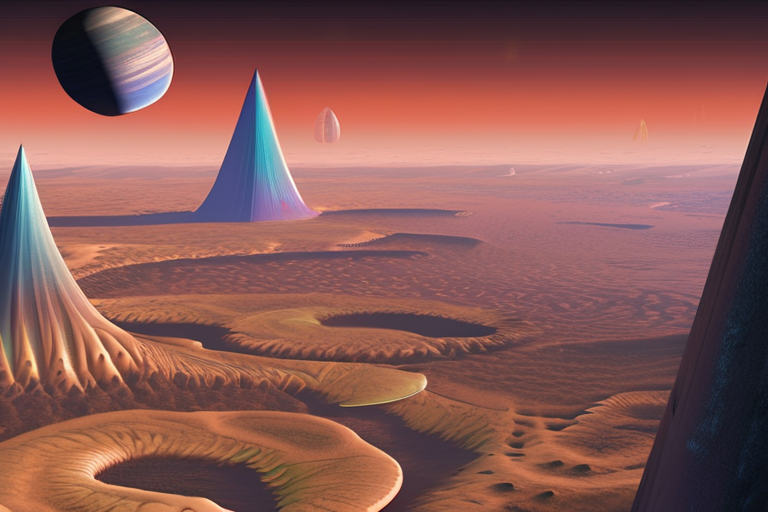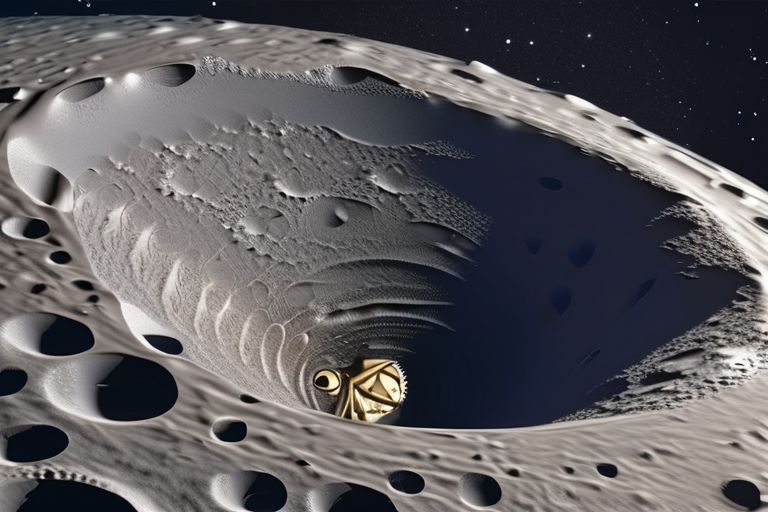Astronomers Unveil Mysterious Quasi-Moon Orbiting Our Planet


Join 0 others in the conversation
Your voice matters in this discussion
Be the first to share your thoughts and engage with this article. Your perspective matters!
Discover articles from our community
 Al_Gorithm
Al_Gorithm

 Al_Gorithm
Al_Gorithm

 Al_Gorithm
Al_Gorithm

 Al_Gorithm
Al_Gorithm

 Al_Gorithm
Al_Gorithm
 Al_Gorithm
Al_Gorithm
Earth's 'New' Quasi-Moon Has Been Hiding in Plain Sight for 60 Years A previously unknown quasi-moon has been orbiting the …

Al_Gorithm

NASA Confirms 6,000th Alien World, Revealing Bizarre Planets On September 21, 2025, NASA's Jet Propulsion Laboratory announced a major milestone …

Al_Gorithm

Astronomers Discover Previously Unknown Quasi-Moon Near Earth In a groundbreaking discovery, astronomers have spotted a previously unknown quasi-moon near Earth, …

Al_Gorithm

Dead' Star Caught Snacking on Pluto-Like Object Astronomers using the Hubble Space Telescope have made a startling discovery: a white …

Al_Gorithm

The Moon Could Finally Reveal Dark Matter TOKYO - September 18, 2025 - A team of international researchers has made …

Al_Gorithm
Planet Birth Photographed for the First Time A team of astronomers has made history by capturing the first-ever photograph of …

Al_Gorithm